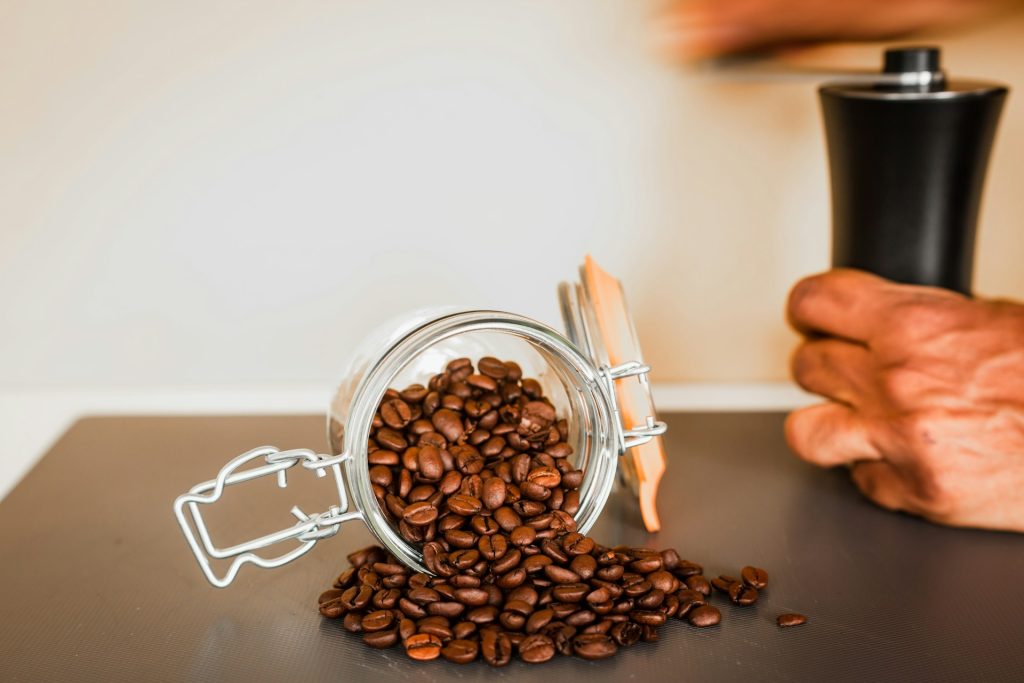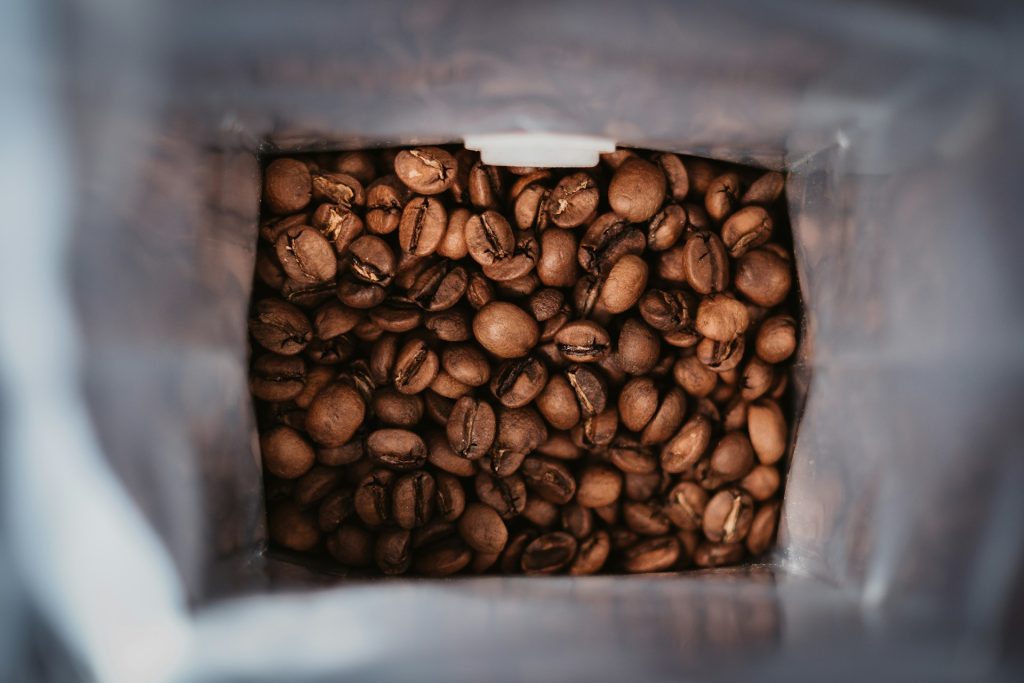Table of Contents
Your morning cup is about to change in ways you might never have imagined. Coffee has always been more than a drink—it’s a cultural staple, a way to connect, and for many, the first step to starting the day. But as the world shifts, coffee is evolving right along with it.
Rethinking How Coffee Is Grown
Coffee farming isn’t a simple process. It takes careful work to manage pests, nurture the soil, and ensure that coffee plants thrive. In the next ten years, we’re likely to see big changes in how farms operate, especially with climate pressures growing more intense. Warmer temperatures and unpredictable rain patterns mean farmers must adapt or risk losing entire harvests.
Some are turning to shade-grown methods, where coffee plants flourish under a canopy of taller trees. This helps protect beans from excessive heat, encourages biodiversity, and cuts down on pesticide use. Shade-grown coffee also tends to be richer in flavor, giving your cup a smoother taste. As more brands highlight these methods on their labels, you’ll have a clearer sense of the farm practices behind each bag of beans.
There’s also a wave of research into breeding more resilient coffee plants. Scientists are exploring beans that handle extreme weather better or resist common diseases. That could mean new coffee varieties in your local café, each with unique flavor notes and a higher survival rate under changing conditions. If you love exploring single-origin coffees or special limited editions, you’ll see more options in the near future.
Environmental Pressures and Ethical Sourcing
Coffee and sustainability have been a hot topic for years, but the next decade will push these conversations to the forefront. Traditional farming methods can strain land and water resources, so roasters and farmers are on the hunt for more eco-friendly solutions. From compostable bags to carbon-neutral roasting facilities, the entire coffee supply chain is evolving.
On top of that, ethical sourcing is turning into a major selling point. Certifications like Fair Trade, Rainforest Alliance, and Direct Trade are only the beginning. Coffee drinkers want to support farmers who earn fair wages and use earth-friendly methods, so you might notice new labels and certifications popping up. Each one will focus on different aspects—like reforestation or water conservation—giving you more ways to pick a brew that matches your values.
The good news is that sustainability often boosts flavor. Beans grown in healthier soil can deliver deeper, more nuanced profiles. Investing in better farming practices can lead to a better cup of coffee for everyone.
Tech-Driven Brewing: Beyond the Drip Machine

We’ve all had that moment of fumbling with a basic drip coffee maker early in the morning. But soon, brewing coffee at home could involve app integrations, AI, or even voice commands. Imagine a machine that not only brews a perfect cup but also learns your favorite strength, grind size, and brew time—so you never have to re-enter the same settings.
Some of these machines are already here, offering features like scheduled brewing and real-time diagnostics that alert you when it’s time to descale or when your beans are running low. As these devices become more affordable, they’ll likely appear in more kitchens, turning the morning routine into something more efficient and personalized.
The Rise of Functional Coffee
If you’ve noticed coffees infused with vitamins, mushrooms, or other supposed wellness boosters, you’re seeing the early stages of “functional coffee.” This trend is expected to gain more traction, as people look for ways to get extra benefits from their daily cup.
Brands are experimenting with adaptogens that claim to reduce stress or special blends aimed at boosting focus or digestion. While some of the health claims need more research, there’s no shortage of demand. Many coffee lovers find it appealing to combine a caffeine kick with added wellness perks.
Expect cafés to jump on the bandwagon, too. Specialty drinks infused with turmeric, reishi, or ashwagandha could become standard fare on menus. Regardless of your take on the health claims, it’s a chance to discover new flavors and creative combinations.
Local Micro-Roasters and Direct-to-Consumer Models
Micro-roasters are to coffee what craft breweries are to beer. They’re often small operations focusing on direct relationships with farmers and roasting beans in small batches for maximum flavor. Over the next ten years, expect more of these boutique roasters to pop up, each offering its own flavor approach and backstory.
Online ordering makes it easier than ever to buy from these roasters, regardless of location. You could be sitting at home, ordering beans from a tiny roastery halfway around the world, complete with details on the exact farm and farmer. That level of transparency and personalization appeals to those who want more than generic supermarket blends.
Direct trade can also mean better wages for farmers. By cutting out middlemen, farmers take a larger share of the profit, and roasters can forge closer relationships with the people growing their beans. That often translates into a more traceable bean and a deeper sense of connection every time you brew.
Innovations in Coffee Alternatives

Not everyone wants the full caffeine punch of traditional coffee, and coffee alternatives are evolving fast to meet that demand. Chicory-based blends, roasted barley, and mushroom-infused drinks are all gaining a following among people eager to reduce caffeine or explore new flavors.
These alternatives aim to replicate coffee’s signature roasted flavor but often offer different perks, like lower acidity or added nutrients. As demand grows, expect to see more creative blends on shelves. Some might pair roasted grains with adaptogenic herbs for a caffeine-free twist that still gives you that warm, toasty feeling.
Baristas Evolving with the Times
Automated machines and new brewing methods might raise questions about the role of the barista, but skilled baristas remain as essential as ever. They bring a personal touch that machines can’t replicate. Even the best tech can’t match a barista’s ability to talk about flavor profiles, share details about a farm in Costa Rica, or craft latte art on the spot.
In the future, baristas may become even more like coffee experts or educators, hosting tastings and mini classes. Coffee shops might turn into community hubs where you learn the differences between Ethiopian and Colombian beans or perfect your latte art technique. Technology will likely help them do their jobs more efficiently, but it won’t replace the human element—especially for coffee fans seeking a personal connection.
Shaping Tomorrow’s Cup
From high-tech machines to eco-friendly farming, the coffee world is on the cusp of big changes. These developments promise more variety, better sustainability, and deeper connections between farmers, roasters, and drinkers. Whether you’re a black coffee purist, a latte lover, or someone searching for low-caffeine options, the next decade of coffee will have something fresh to offer. As trends shift and innovations roll in, the one constant is that coffee will remain more than a beverage—it’s a global culture fueled by passion and creativity.

I’m Audrey, a dedicated mother of teenagers with an insatiable love for coffee. On BeanBrewLove.com, I intertwine my need for caffeine with reflections on life. Whether expressing a nostalgic sentiment or injecting a hint of sarcasm, my blog is a reservoir of coffee culture, brewing techniques, and global coffee reviews.




